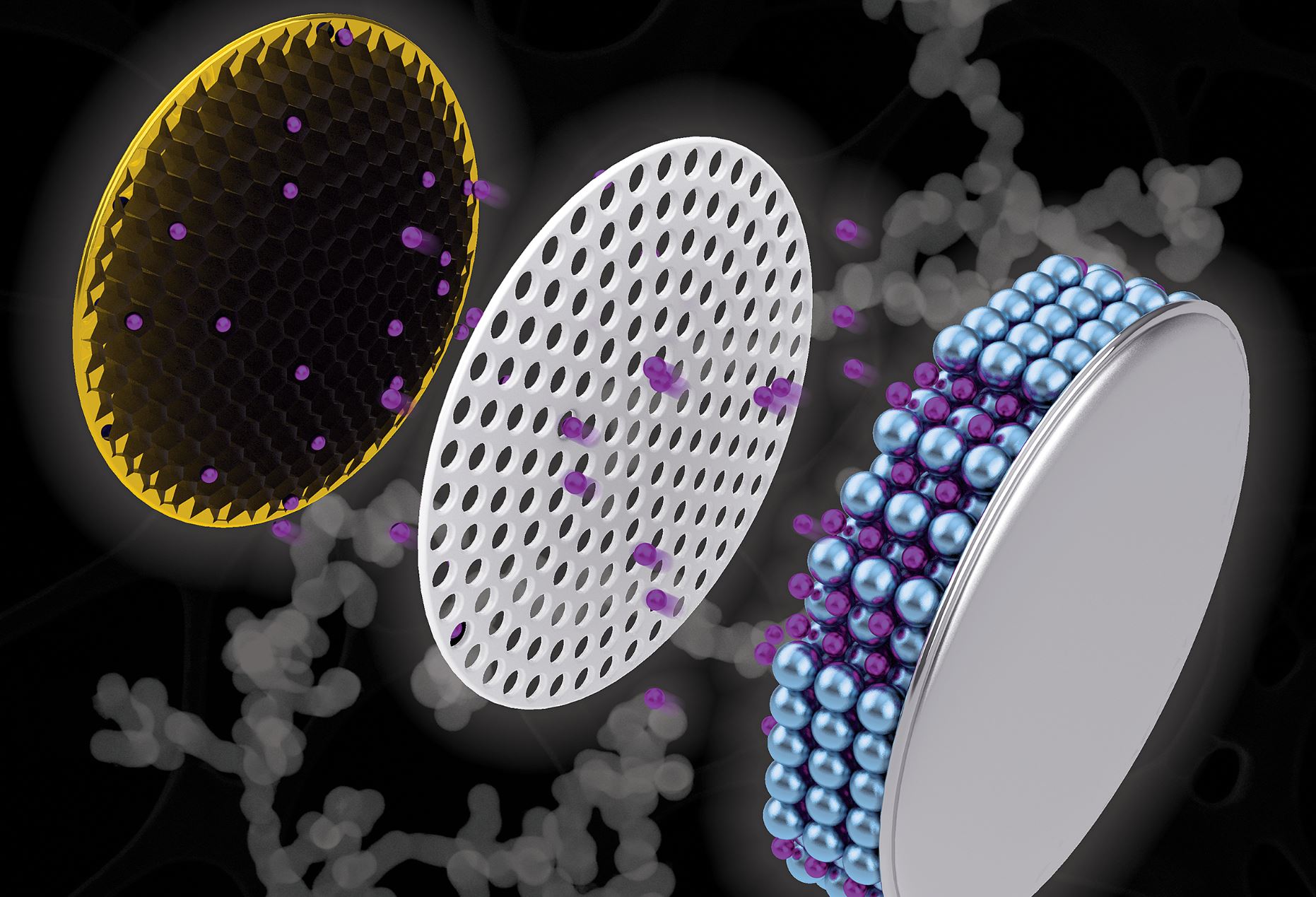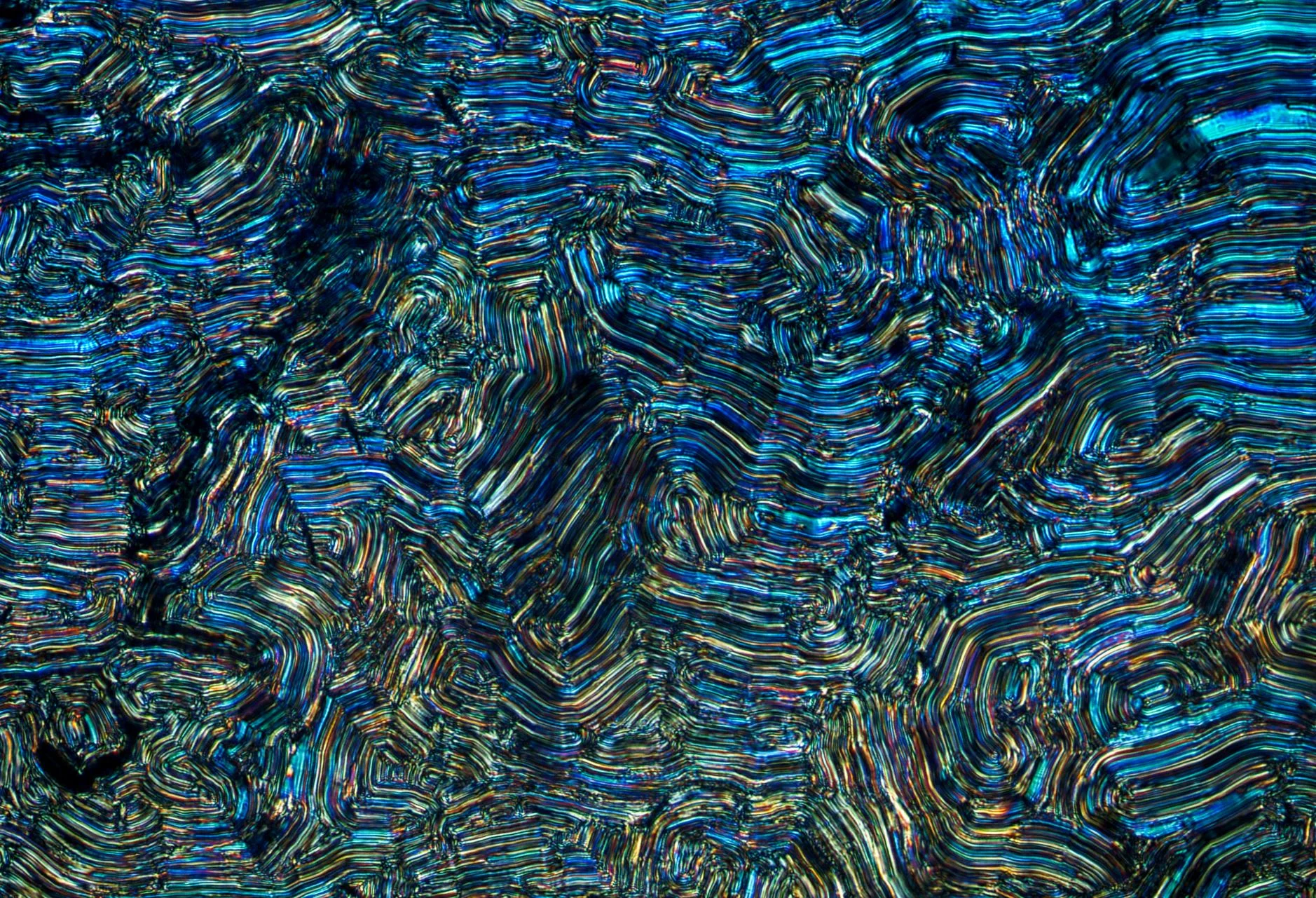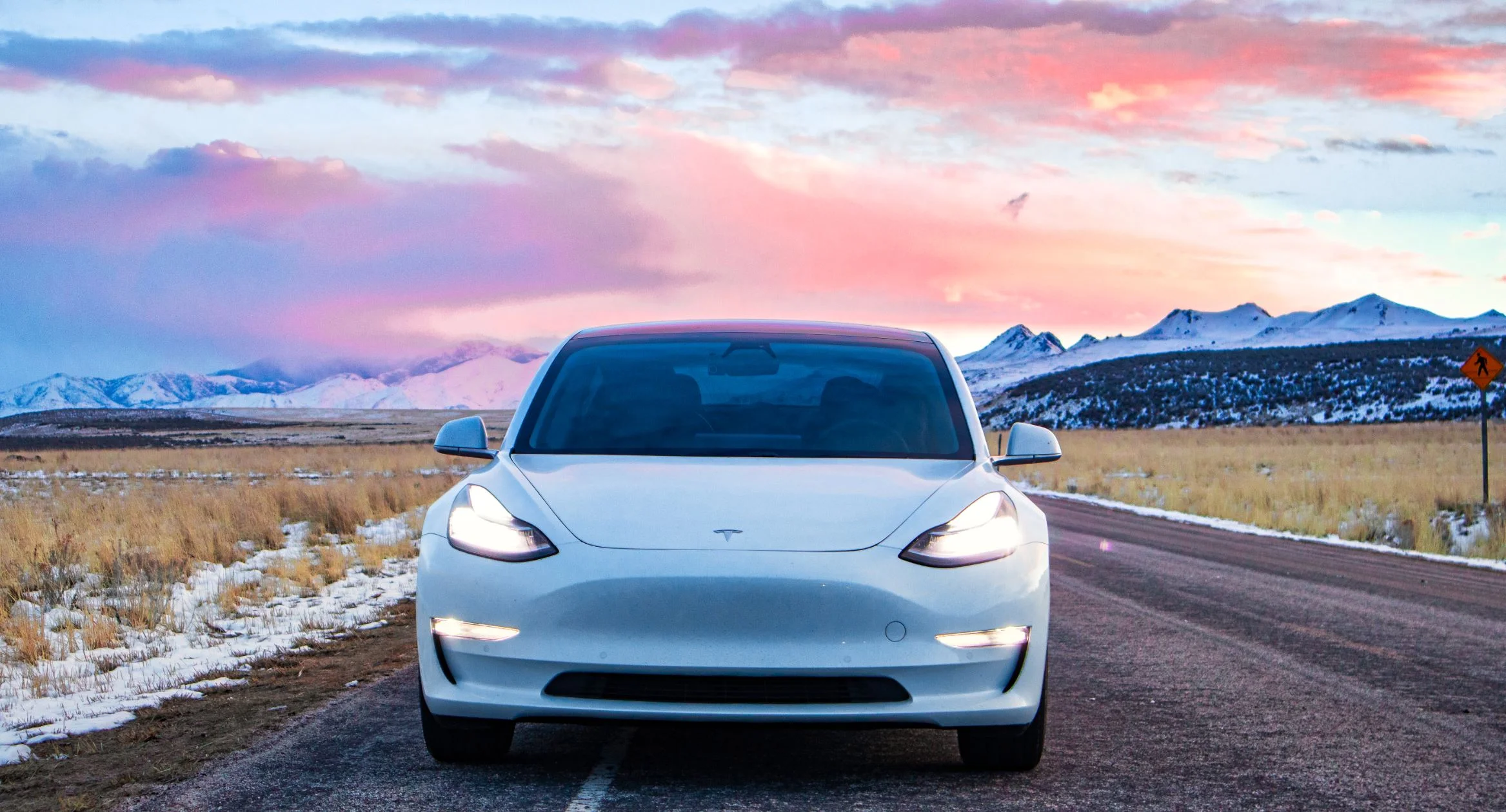In an effort to minimize potential damage and injuries as a result of inevitable car crashes with automated vehicles, scientists have developed new decision-making and motion-planning system
Samsung is developing technology that makes smartphones able to create holographic projections
Functional quantum internet just got a step closer to reality
New Battery Tech: Capacity is Likely to Improve while Charge Time Could be Cut Using 'Nanochains'
Incredible discovery: These microbes can transform greenhouse gases into useful compounds!
Researchers produce 'living' liquid crystals by utilizing bacteria
The future of AI: 'Computers shouldn't think like people'
First country has approved participation in constructing the largest telescope the world has ever known
Why does smartphone battery life get worse and worse as it gets older?
Leuven researchers are getting closer to a new generation of solar panels
New type of electrolyte could enhance electric vehicle performance!
Method may finally unleash graphene for faster computers!
First-ever visualizations of electrical gating effects on electronic structure could lead to longer-lasting devices in the future!
Electronic structure of a semiconductor device – how it behaves when voltage is applied – visualized for the first time. Insights from the technique will help development of high performance electronics with low power consumption. This will help to to pave the way for two dimensional semiconductors in future electronics
It’s not easy to give a robot a sense of touch
Four ways blockchain could make the internet safer, fairer and more creative
The internet is unique in that it has no central control, administration or authority. It has given everyone with access to it a platform to express their views and exchange ideas with others instantaneously. But in recent years, internet services such as search engines and social media platforms have increasingly been provided by a small number of very large tech firms.
Why you should always shake hands with a robot
Commercial supersonic aircraft could return to the skies
Flying faster than the speed of sound still sounds futuristic for regular people, more than 15 years after the last commercial supersonic flights ended. The planes that made those journeys, the 14 aircraft collectively known as the Concorde, flew from 1976 to 2003. It traveled three times faster than regular passenger aircraft, but the airlines that flew it couldn’t make a profit on its trips.













